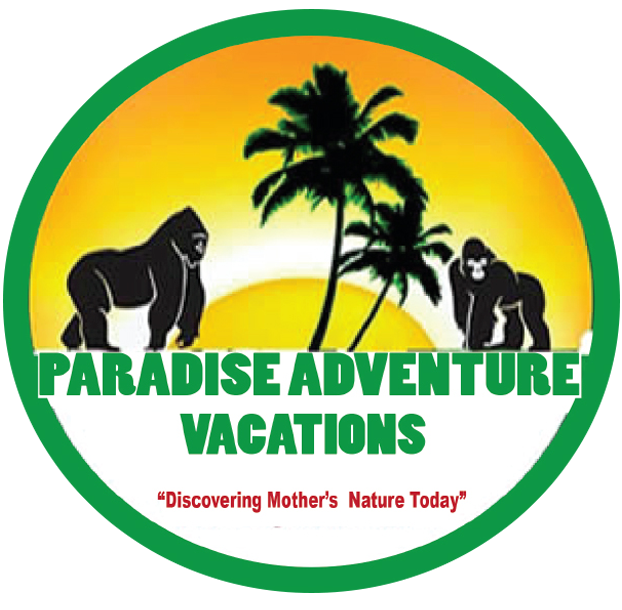- Home
- Uganda
- Uganda Tours and Safaris
- 40 Days African Safari Trip with Paradise
- 20 Days Uganda Culture with Gorillas & Chimps
- 20 Days Volcanoes Bwindi Masai Mara Serengeti
- 16 Days Uganda Safari Adventure Vacations
- 14 Days Uganda and Kenya Wildlife Safari
- 14 Day Uganda Safari: Shoebill, Rhino, Chimps
- 12 Day Uganda Safari: Rhinos, Chimps, Gorillas
- 11 Days Uganda Safari Classic Tour
- 10 Days Uganda Safari Tour & Holiday
- Uganda Gorilla & Wildlife Safaris
- 8 Days Uganda Safari Primates
- 7 Days Wildlife Primates & Gorilla Safari
- 6 Days Gorilla & Chimpanzee Trekking
- 6 Days Kidepo and Murchison Falls Wildlife
- 5 Days Uganda Chimpanzee Tracking
- 3 Days Uganda Gorilla Trekking in Bwindi
- 3 Days Queen Elizabeth Wildlife Safari
- 3 Days Murchison Falls Safari Uganda
- Uganda Birding & Fly-in Safaris
- 20 Days Uganda Birding Photography
- 18 Days Birding Tour & Gorilla Tracking
- 5 Days Fly-in Safari Gorillas and Chimps
- 4 Day Fly-in Gorilla Booking Safaris & Ishasha
- 4 Days Kidepo Valley Fly-In Safari Holiday
- 4 Days Mgahinga Gorillas and Golden Monkey
- 3-Day Gorilla Trekking Fly-in Safari in Uganda
- 3 Days Gorilla Habituation Safari to Bwindi
- Uganda Tours and Safaris
- Rwanda
- Kenya
- Tanzania
- Zanzibar
- Botswana
- Namibia
- South Africa
- Fly-In Safaris
- Tourist Info
- About Us
